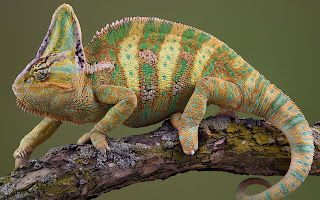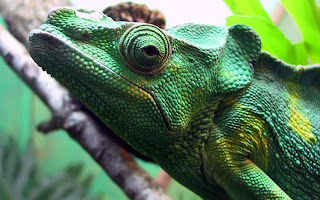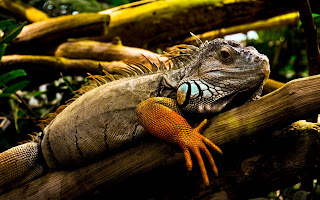
Black bears are North America's most familiar and common bears. They typically live in forests and are excellent tree climbers, but are also found in mountains and swamps. Despite their name, black bears can be blue-gray or blue-black, brown, cinnamon, or even (very rarely) white.
Black bears are very opportunistic eaters. Most of their diet consists of grasses, roots, berries, and insects. They will also eat fish and mammals—including carrion—and easily develop a taste for human foods and garbage. Bears who become habituated to human food at campsites, cabins, or rural homes can become dangerous and are often killed—thus the frequent reminder: Please don't feed the bears!
Solitary animals, black bears roam large territories, though they do not protect them from other bears. Males might wander a 15- to 80-square-mile (39- to 207-square-kilometer) home range.
When winter arrives, black bears spend the season dormant in their dens, feeding on body fat they have built up by eating ravenously all summer and fall. They make their dens in caves, burrows, brush piles, or other sheltered spots—sometimes even in tree holes high above the ground. Black bears den for various lengths of time governed by the diverse climates in which they live, from Canada to northern Mexico.
Female black bears give birth to two or three blind, helpless cubs in mid-winter and nurse them in the den until spring, when all emerge in search of food. The cubs will stay with their very protective mother for about two years.
Black Bear
Black Bear
Black Bear
Black Bear
Black Bear


















































